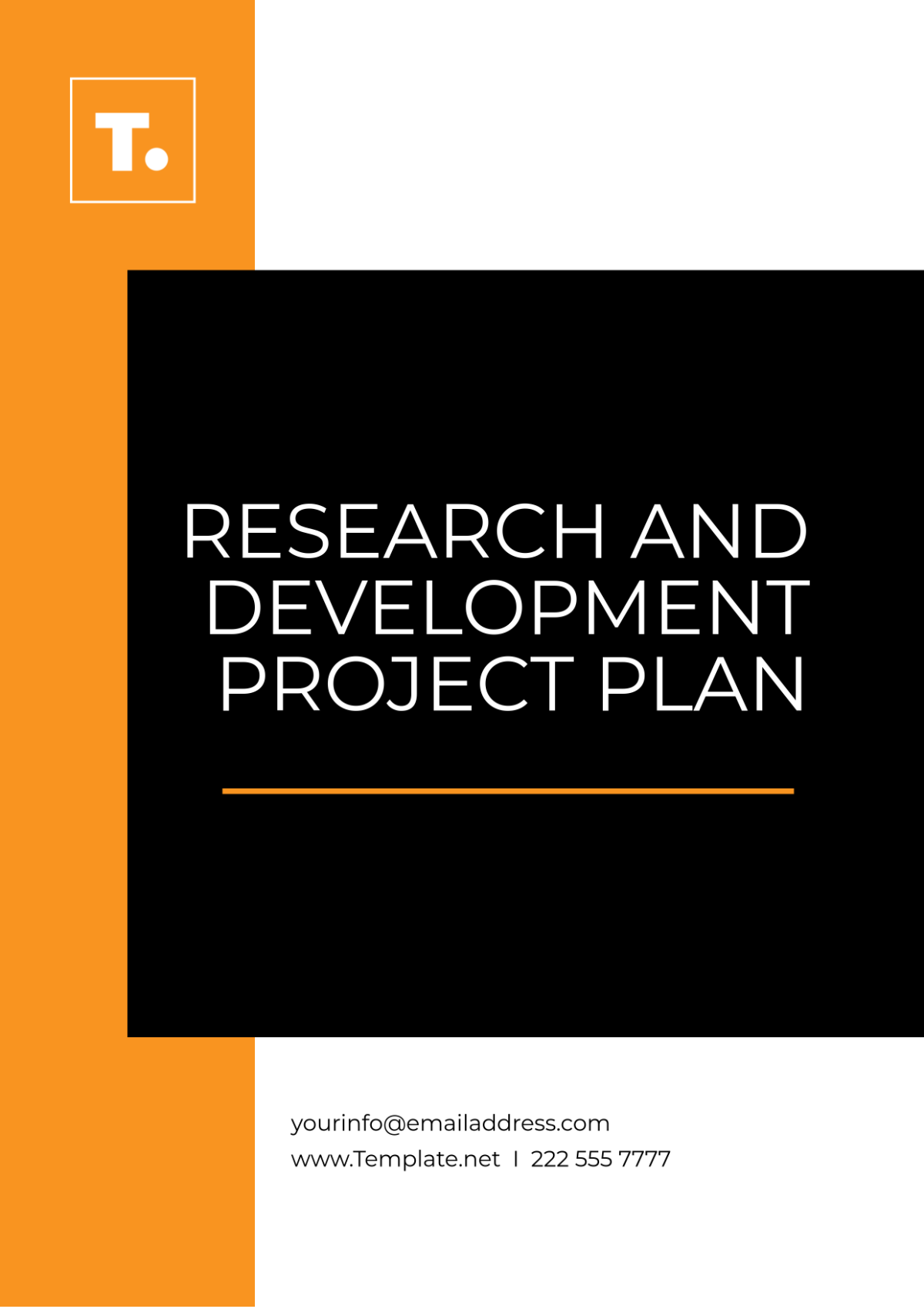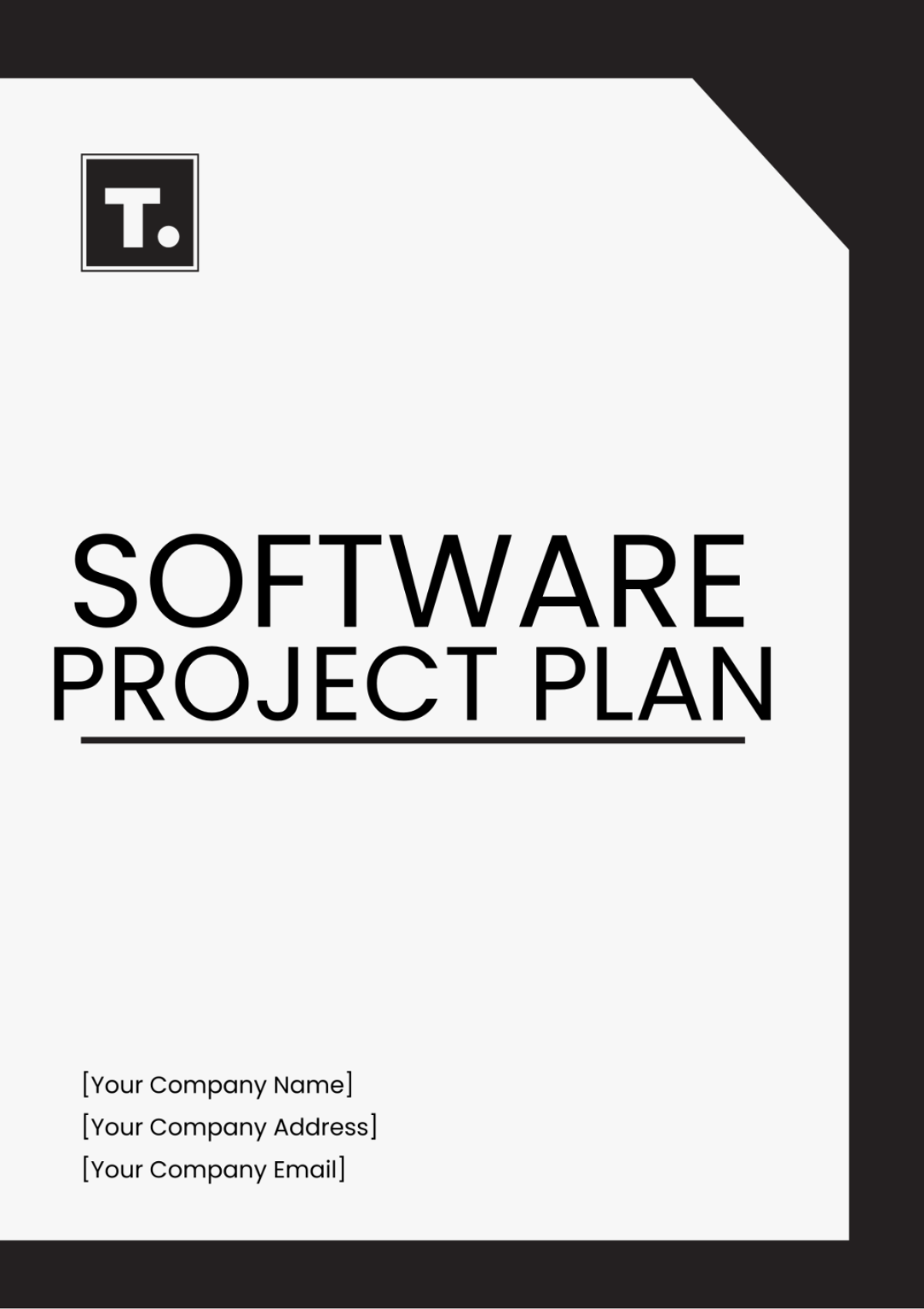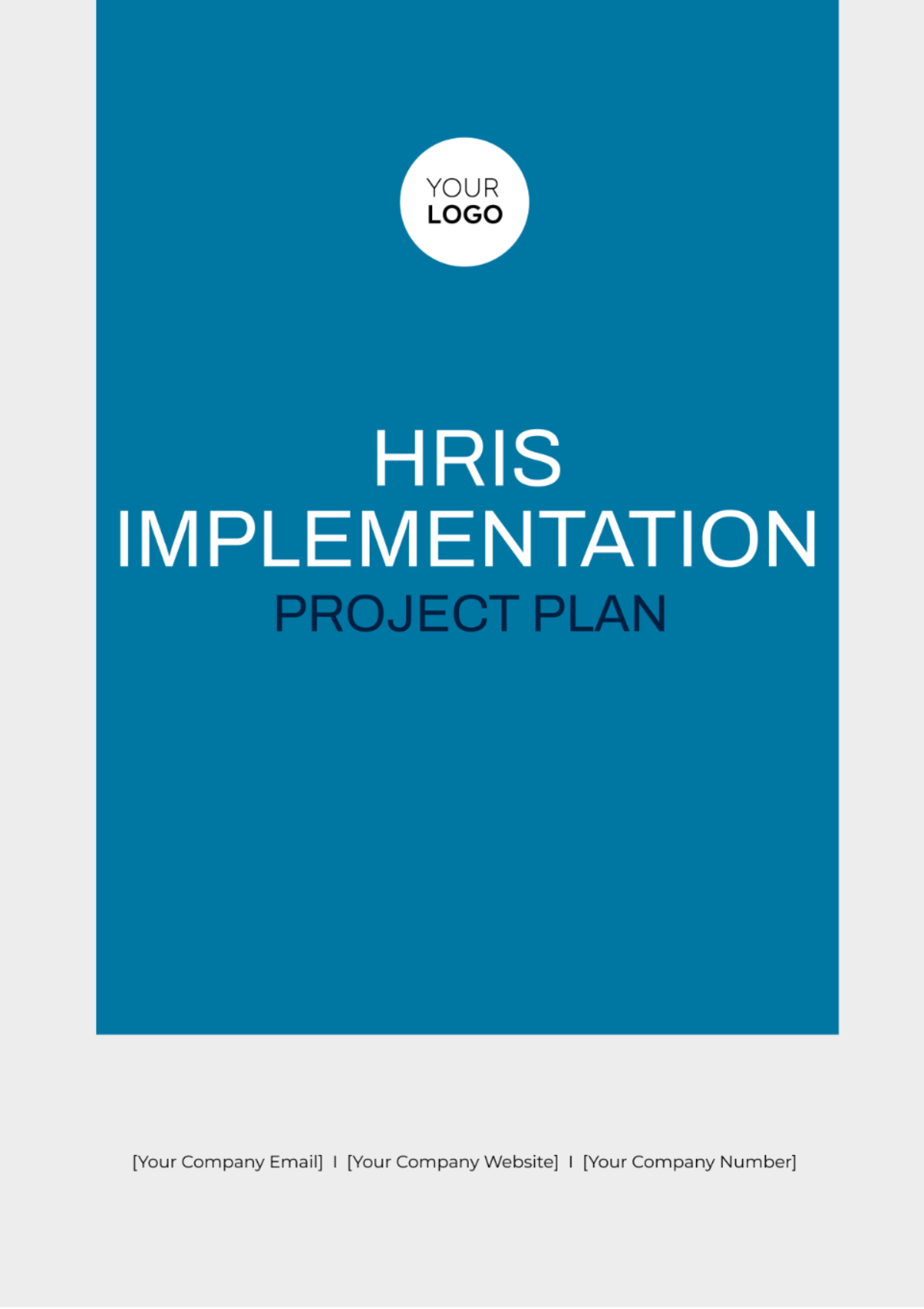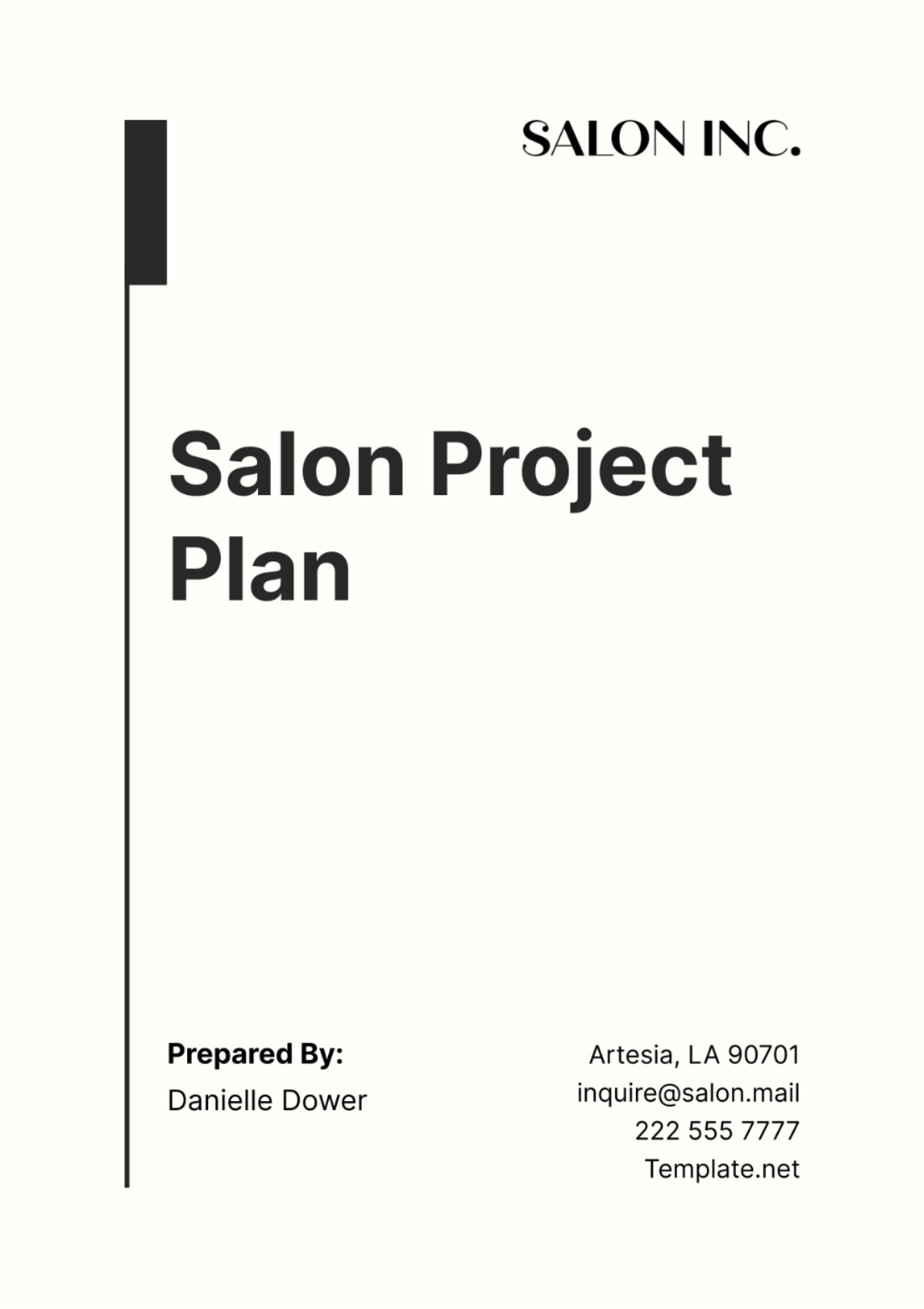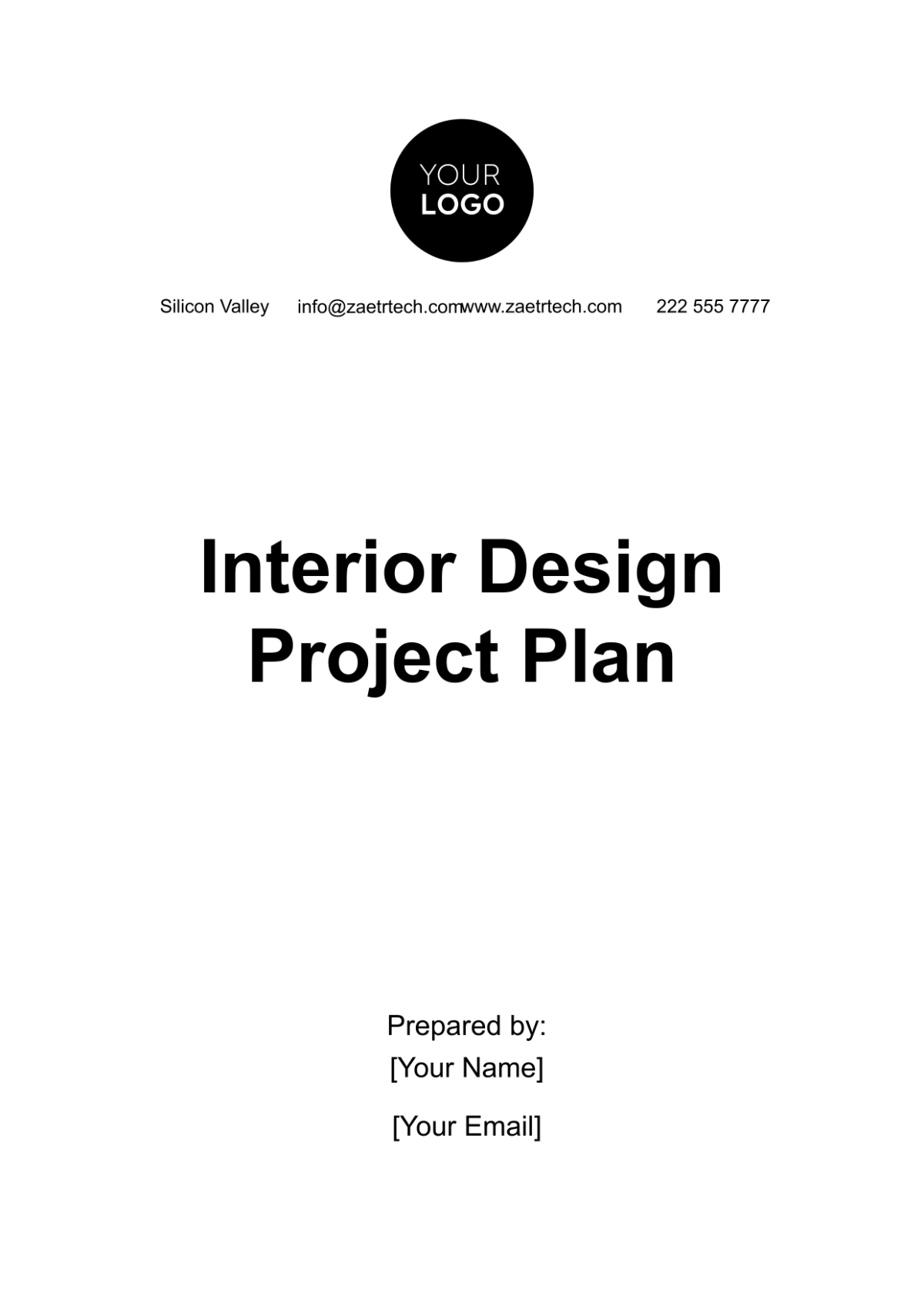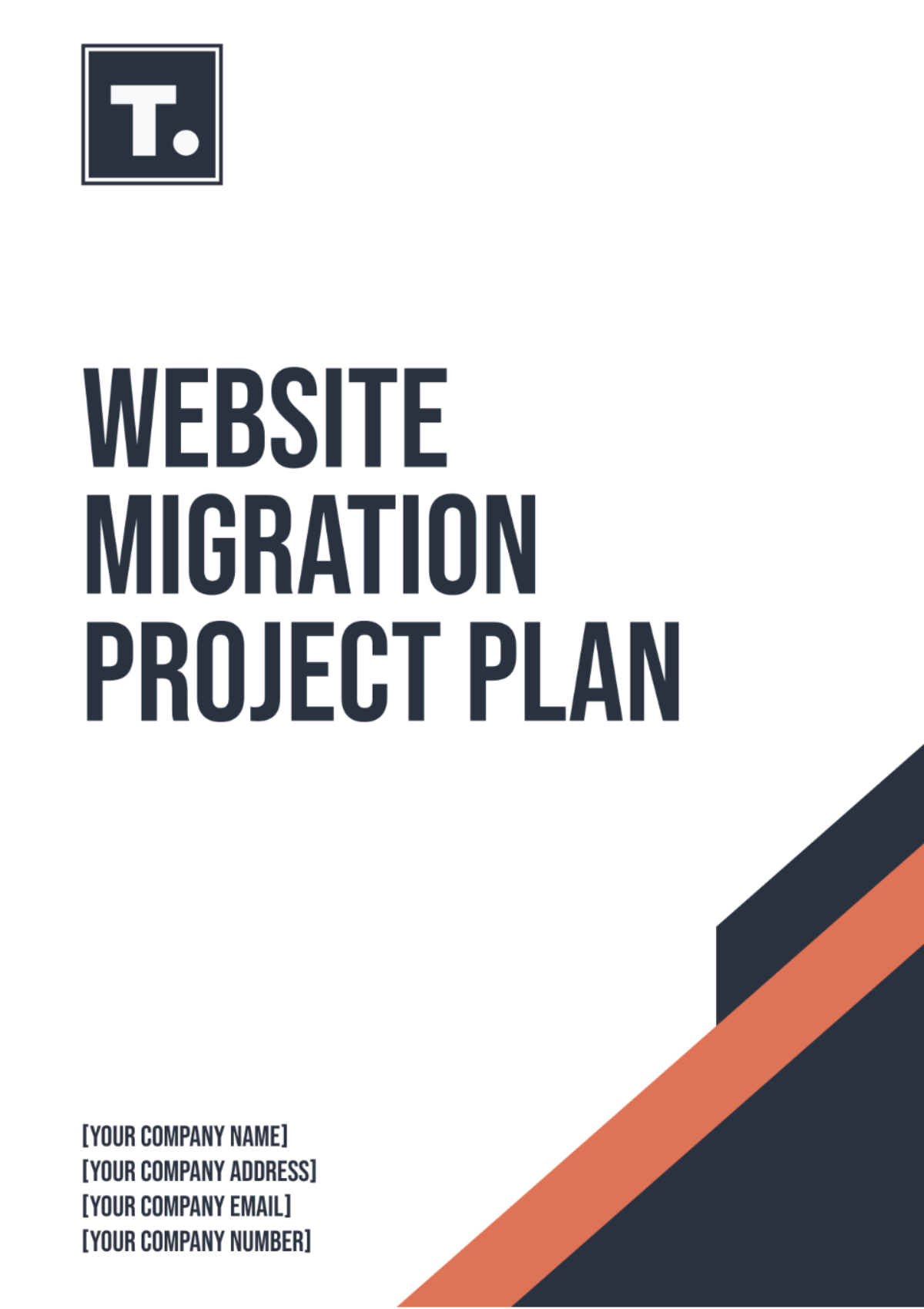Software Project Plan
Name: | [YOUR NAME] |
Department: | [DEPARTMENT] |
Date: | [DATE] |
I. Introduction:
This Software Project Plan aims to provide a roadmap for the successful execution of our latest project, codenamed "[Project Phoenix]." The plan outlines the project's objectives, scope, and timelines, serving as a guiding document for all team members involved in the development process.
II. Project Objectives:
The primary objective of [Project Phoenix] is to develop a cutting-edge mobile application that enhances user experience in the field of productivity and task management. The project also aims to increase user engagement and retention through innovative features and intuitive design.
III. Project Scope:
[Project Phoenix] will encompass the development of both iOS and Android versions of the mobile application, targeting a wide range of smartphone users. The scope includes features such as task scheduling, reminders, collaboration tools, and integration with third-party services.
A. Timeline and Milestones:
The project timeline spans six months, with key milestones including:
Completion of initial design and prototyping phase by end of [Month 1].
Development of core features and functionalities by end of [Month 3].
Testing and quality assurance phase conducted throughout [Months 4 and 5].
Final deployment and launch of the mobile application by end of [Month 6].
B. Roles and Responsibilities:
The project team consists of:
Project Manager: Oversees project planning, execution, and delivery.
Software Developers: Responsible for coding, programming, and implementation of the mobile application.
UI/UX Designers: Design and create the visual elements and user interface of the application.
Quality Assurance Testers: Conduct rigorous testing to identify and resolve any bugs or issues.
Marketing and Sales: Promote and market the mobile application to target users and potential customers.
C. Resource Allocation:
Resources allocated for [Project Phoenix] include:
Personnel: A dedicated team of developers, designers, testers, and project managers.
Budget: Funding for software licenses, development tools, and marketing initiatives.
Equipment: High-performance computers and mobile devices for development and testing purposes.
IV. Risk Management:
[Project Phoenix] faces potential risks that could impact its successful completion. Technical challenges may arise during the implementation of complex features, requiring innovative solutions and additional resources to overcome. Delays in third-party integrations or dependencies could hinder progress, leading to schedule disruptions and increased project costs. Additionally, changes in market trends or user preferences may necessitate adjustments to the project scope or features to remain competitive and meet user expectations.
V. Communication Plan:
A robust communication plan is essential for ensuring smooth collaboration and transparency throughout [Project Phoenix]. Weekly team meetings will provide opportunities to discuss project progress, address any challenges, and foster a sense of accountability among team members. Online collaboration tools, such as project management software and communication platforms, will facilitate real-time sharing of documents, updates, and feedback, enabling seamless coordination regardless of team members' locations. Client meetings will be scheduled regularly to provide progress updates, gather feedback, and ensure alignment with client expectations, fostering a collaborative and client-centric approach to project management.
VI. Quality Assurance:
Maintaining high-quality standards is paramount for the success of [Project Phoenix]. Adherence to industry best practices and coding standards will ensure the integrity and reliability of the software product. Comprehensive testing across multiple devices and platforms will be conducted to identify and address any bugs or inconsistencies, ensuring a seamless user experience. Continuous monitoring and optimization of performance and user experience throughout the development process will enable us to deliver a polished and user-friendly mobile application that meets the needs and expectations of our target audience.
VII. Change Management:
Effective change management procedures are crucial for handling any modifications to [Project Phoenix]'s scope, timeline, or requirements. Changes will undergo thorough evaluation by the project team to assess their impact on project goals, resources, and timelines. Approval from project stakeholders will be obtained before implementing any changes, ensuring alignment with project objectives and stakeholder expectations. Documentation and communication of changes to all relevant parties will promote transparency and facilitate informed decision-making, minimizing the risk of misunderstandings or disruptions during project execution.
VIII. Conclusion:
In conclusion, this Software Project Plan provides a clear roadmap for the successful development and launch of [Project Phoenix]. By adhering to the outlined objectives, scope, and timelines, we aim to deliver a high-quality mobile application that meets the needs and expectations of our target users. Collaboration, communication, and commitment from all team members will be crucial in achieving project success.
IX. Approval:
Signatures from all key stakeholders acknowledge the plan and their commitments.

[PROJECT SPONSOR]

[PROJECT MANAGER]

[TECHNICAL LEAD]
Appendices:
Project Charter: Detailed overview of [Project Phoenix] objectives and scope.
Stakeholder List: Identification of key stakeholders and their roles in the project.
Technical Specifications: Documentation of technical requirements and specifications for the mobile application development.
